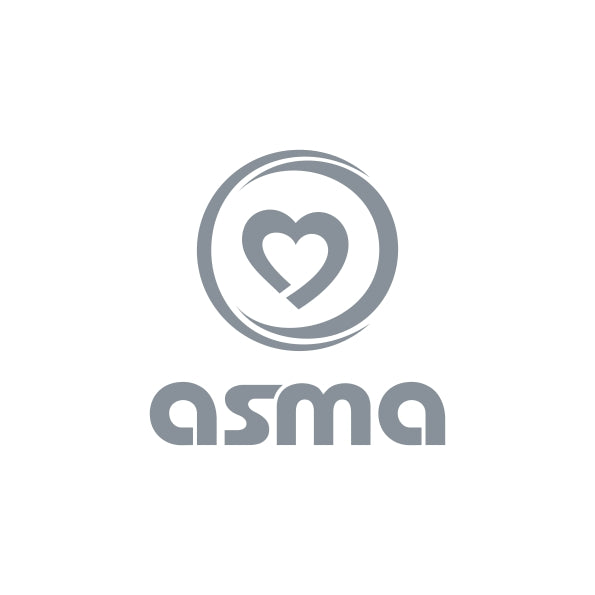History of Narine
Lactobacillus acidophilus, known as Narine, was discovered in 1953 by Armenian microbiologist Dr. Levon Erzinkian.

Although Dr. Erzinkian was a biologist, his passion for finding the most effective lactic acid bacterial strain for humans led him to continue his research in that area. Hence, when his granddaughter Narine was born, he analyzed 16 types of lactic acid bacteria from her meconium and discovered a strain highly resistant to antibiotics, bile, and acid.
He named it Lactobacillus acidophilus Er-2 317/402.
Since its discovery, Narine has been widely used in various forms for almost 60 years in Armenia and the former Soviet Union.
Notable uses of Narine include:
- A healthy substitute for breast milk.
- A nutritious food for children.
- Treatment for intestinal infections.
In addition, Narine was used as part of a treatment for dysbiosis among individuals who suffered radiation exposure during the 1986 Chernobyl Nuclear Power Plant accident. Reports indicate that most individuals achieved normalization of microflora and correction of dysbiosis when Narine was incorporated into their treatment.

